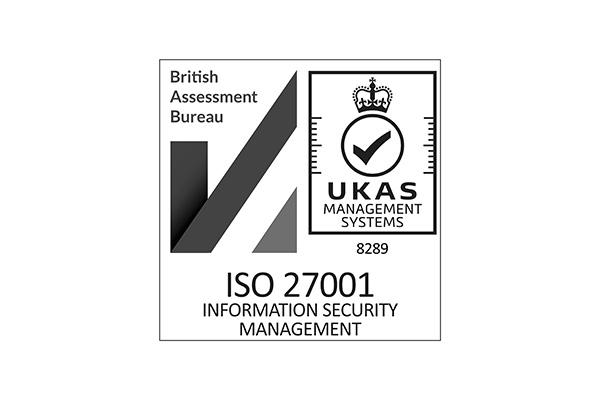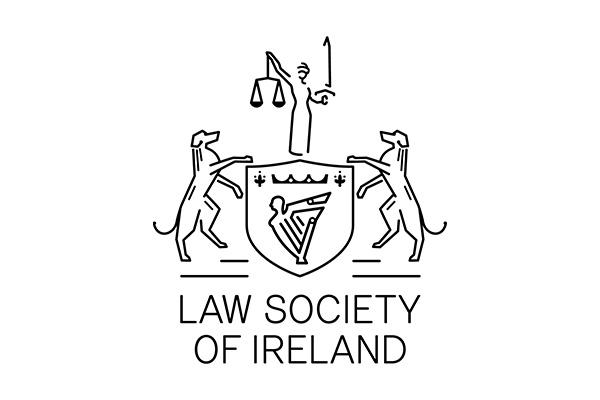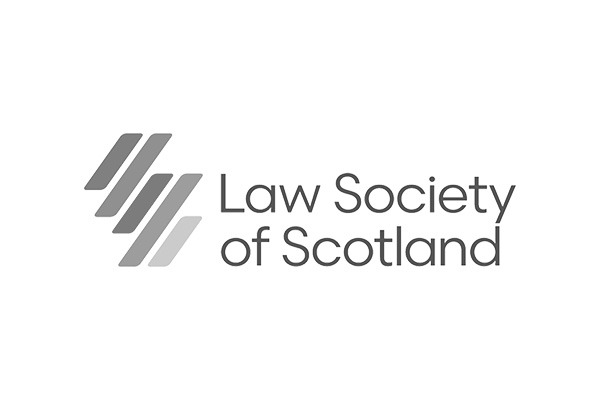
Contributors: Stephanie Hepburn
Date published: 24 March 2025
Land Court grants declarator in dispute about the status of land on Strollamus Estate, Skye
MacFarlane (St Helier) Corporation v Marie MacInnes and Others [2024] SLC 12
Summary
MacFarlane (St Helier) Corporation has been successful in its application to the Scottish Land Court for declarator that an area of land on Strollamus Estate in Luib, Skye, was not subject to crofting tenure and therefore the provisions of the Crofters (Scotland) Act 1993.
The facts
MacFarlane (St Helier) Corporation (the “Applicant”) is the owner of Strollamus Estate, Skye, which includes the crofting township of Luib.
It made an application to the Land Court for declarator that an area of land totalling 0.398 hectares (the “Site”) lying to the south of the former A850 road and running through the centre of Luib is not subject to crofting tenure.
The Site forms part of a larger area of ground, comprising a now-ruined blackhouse (a traditional rural dwelling usually with a thatched roof) and 0.708 ha purchased by the Applicant in 1984. The western half of the larger area of ground, including the blackhouse, was apportioned (along with other land) to Angus Nicolson in March 1993 and it was not disputed that this area is subject to crofting tenure.
What was the Applicant’s position?
The Applicant’s position was that the Site has not been regularly grazed or cultivated since the 1980s and is now used only as a right of way between the public road and the Luib Common Grazings.
The Applicant submitted that it had no record of the Site being subject to crofting tenure. There is no Estate plan. The only plan of the common grazings held by the Applicant (and lodged in the court action) is at a large scale and does not show detail.
While Estate records were said to be sparse, the Applicant did lodge the original Estate “rent book” which shows only names of the crofts, crofters, and whether rent was paid in any given year. Only a minority of the crofts in the township have been registered.
Before the application was made, the Applicant had made several investigations as to whether the Site is subject to crofting tenure. Those investigations included enquiries with the Crofting Commission, the Registers of Scotland, the Land Court, and with the former clerk of the Luib Grazings Committee.
The Applicant submitted that part of the Site could be used as a house plot without any significant effect on the right of way and to that end it has obtained the consent from Highland Council to re‑route the core path which crosses it.
What were the objections?
A number of crofters objected to the application. Their objections all differed slightly but had one common theme – that the Site forms part of Croft ½ 6, Luib. Some of the objectors contended that the Croft ½ 6, Luib is tenanted by Angus Nicholson.
Crucially, none of the objectors submitted that the Site fell within their crofting tenancies, or that they had any right that is relevant to the application. Mr Nicolson did not lodge answers to the application.
The Applicant submitted that none of the objectors had title or interest to oppose the application in respect that none of them claim that they have any real right to the Site.
What is the legal test?
A croft is defined in Section 3 of the 1993 Act and the relevant provision is below:
“(1) Subject to subsection (2) below and to section 3ZA(2)(a), in this Act ‘croft’ means—
(a) as from 1st October 1955, every holding (whether occupied by a landholder or not) situated in the crofting counties to which any of the provisions of the Small Landholders (Scotland) Acts 1886 to 1931 relating to landholders applied;
…
(4) For the purposes of this Act—
(a) any right in pasture or grazing land held or to be held by the tenant of a croft, whether alone or in common with others, and
(b) any land comprising any part of a common grazing which has been apportioned for the exclusive use of a crofter under section 52(4) of this Act,
… shall be deemed to form part of the croft.”
What was the Land Court’s decision?
Title and interest
The Land Court found that none of the crofters had the requisite title or interest to challenge the application.
On title, it stated: “A person will have title if he or she has either a real right (whether of ownership, or by virtue of a lease or liferent) in the land in question, or a right which is capable of being made real with relatively little effort. A person without such a real right lacks title to raise, and a defender who fails to aver the existence of such a right will lack title to defend, an action in respect of heritable property”. The objectors did not meet that test.
On interest, it stated: “A tenant crofter would be likely to have an interest in the extent of his or her holding, and of any pertinential rights associated with it. A crofter would generally not have an interest in the status of land which is not averred to form part of the croft, or in the extent of the holding tenanted by another crofter”. Again, the objectors did not meet that test.
Decision on the merits
While the application was treated as unopposed due to the lack of title and interest, the Land Court still needed to determine the application on its merits.
An unopposed application for declarator that an area of land was not subject to crofting tenure is not granted as of right. The court was clear that the question of crofting status is a matter of fact for the court to determine. The court must be satisfied, on the basis of such evidence as can be produced, that the Site is probably not subject to crofting tenure.
That evidence includes the representations of the objectors and so the evidence lodged by the crofters was taken into account.
Looking at the evidence, the court found that the Site did not form part of any of the Luib crofts, within the definitions in Section 3 of the 1993 Act, noted above.
It took into account:
- Mr Nicholson’s failure to assert the existence of a tenancy in respect of the Site and the inference the court was entitled to take into account in that regard;
- The photographs lodged by both parties do not show the Site to be obviously cultivated or grazed: it appears to be little more than a right of way used by the crofters to access the Luib Common Grazings;
- Photographs provided by one of the objectors do not show livestock grazing. While the livestock may from time to time be on the Site as crofters use it as an access to common grazings (and accordingly there may be some associated incidental grazing), there is no compelling evidence to suggest the definition in Section 3 of the 1993 Act is met;
- Some of the evidence lodged by the objectors in support of their position related to the site of the blackhouse which is situated on land apportioned to Mr Nicolson in 1993, and with which the application was not concerned;
- The absence of any information held by the Commission, Registers of Scotland, or the Land Court which would tend to show that the Site forms part of a croft;
- A fencing requirement in Mr Nicholson’s apportionment order (of the land including the blackhouse) suggests the Site does not form part of Mr Nicolson’s tenancy; and
- The fact the Site may have been used as an access route to the common grazings does not imply use of Site as grazing land.
Comment
The court acknowledged that it is unusual for an applicant in a court process to bear the burden of proving a negative – that the land was not part of a croft or common grazings (whether apportioned or not) but the Applicant bore that burden in making the application.
The case demonstrates the importance of keeping estate plans and records in case they need to be relied on in later court proceedings.
It also serves as a good summary of the investigations parties may want to conduct if a dispute about the status of a croft, or croft boundaries, arises.
If there is a potentially contentious matter that you would like to discuss, please get in touch with a member of the rural disputes team.
Contributors:
Stephanie Hepburn
Partner
To find out more contact us here
Expertise: Dispute Resolution, Rural Disputes
Sectors: Crofting Law, Rural Property and Business
















